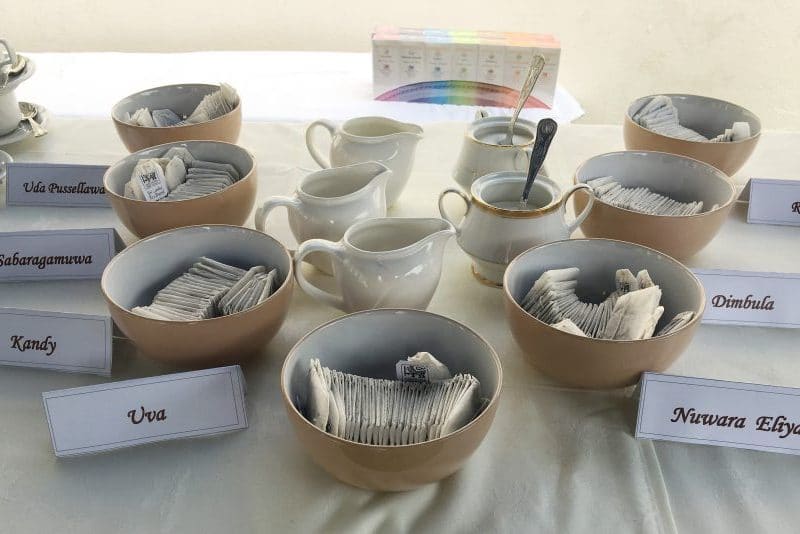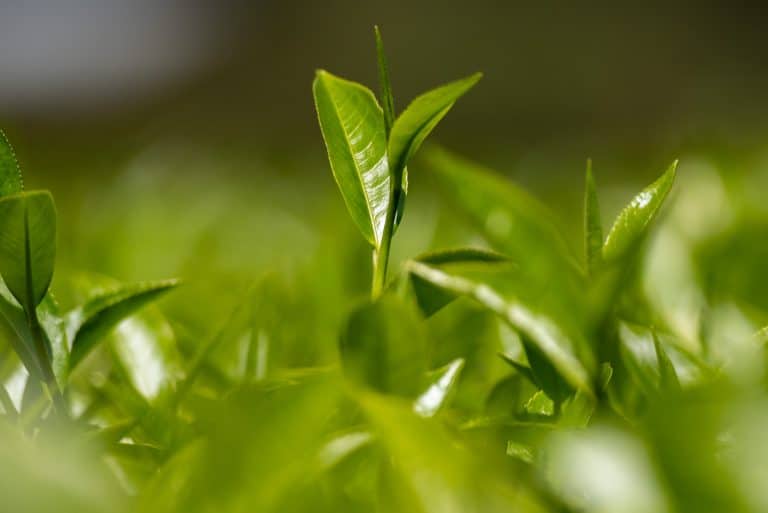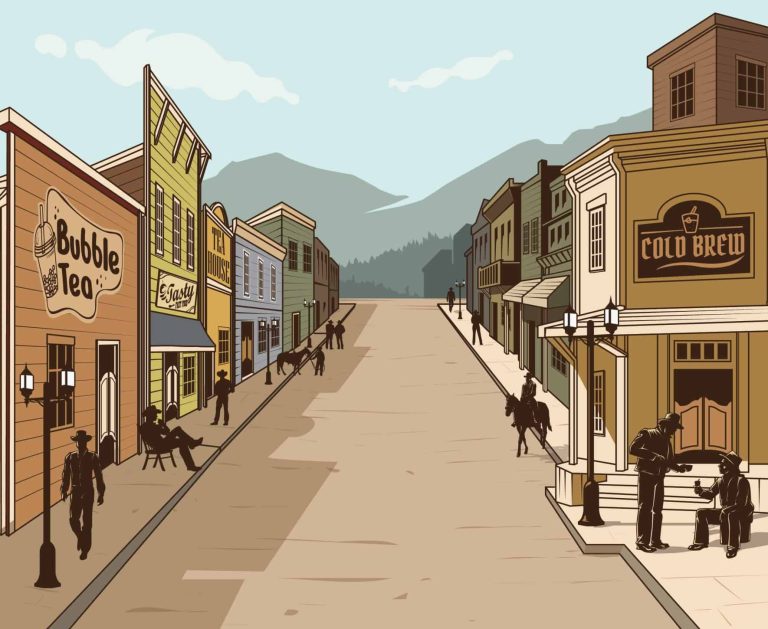The plantation industry in what was the Crown Colony of Ceylon dates back to the 1830s. Among the cash crops tried out, coffee was an instant success. A few lone voices such as George Thwaites, the Director of the Royal Botanical Garden at Peradeniya, suggested the growing of tea but no one seemed to be interested. Why should they be? Not only was Ceylon the world`s largest producer of coffee but Ceylon Coffee obtained a premium due to its quality.
Against this background a young man from Laurencekirk in Scotland named James Taylor arrived in Ceylon in 1852 along with his cousin Henry Stivens to work as assistants on coffee plantations owned by the family firm of Hadden. James Taylor started his career on Naranghena Farm near Delgoda. Soon he was sent to open up a property on Loolecondera next door. Loolecondera was subsequently sold but Taylor was kept on as Manager. Meanwhile, George Thwaites was offering tea seeds for sale to anyone interested. James Taylor was quick to come forward and in 1867 tea was planted out in field number 7 at Loolecondera. It was a great success and not a moment too soon. Two years later a coffee blight appeared which wiped out the entire coffee industry. However, thanks to James Taylor`s pioneering efforts a tried and tested alternative crop, namely tea, was available.
This is why 1867 is regarded as the birth of the Ceylon tea industry and James Taylor, the father of Ceylon Tea.
The Finlay connection with the Ceylon tea industry dates back to 11th December 1893 when John Muir (Later Sir John Muir, Bart), great grandfather of Richard Muir, opened an office in Colombo under the name and style of Finlay Muir and Company.
Meanwhile the tea trade was getting organised. The first exports were made in 1873. Not surprisingly it consisted of 23 lbs of Tea from Loolecondera manufactured by James Taylor. The first tea auction was held in Colombo on 30th July 1883. In due course the Colombo port was greatly expanded, as was the railway into the tea areas.
The Colombo Tea Traders Association was formed in 1894 by the Ceylon Chamber of Commerce to regulate the trade and maintain the good name of Ceylon Tea.
Thanks to the efforts of the Planters Association of Ceylon, which had itself been formed in 1854 several organizations were set up. These included the Tea Research Institute (1926), the Ceylon Tea Propaganda Board (1932) and the International Tea Market Expansion Board (1935).
The country became the world`s largest exporter of tea for the first time in 1965, a position it held until 1986. It still remains the country`s principal source of employment.
Celebrations to commemorate the 150 years of Ceylon Tea commenced with the unveiling of a bust of the Father of the Ceylon Tea Industry, James Taylor, in the lobby of the Sri Lanka Tea Board on 19th January 2017. Several more events are planned and these include a series of tea parties, one of which was sponsored by Finlays, and held at the Sri Lankan High Commission in July 2017.





